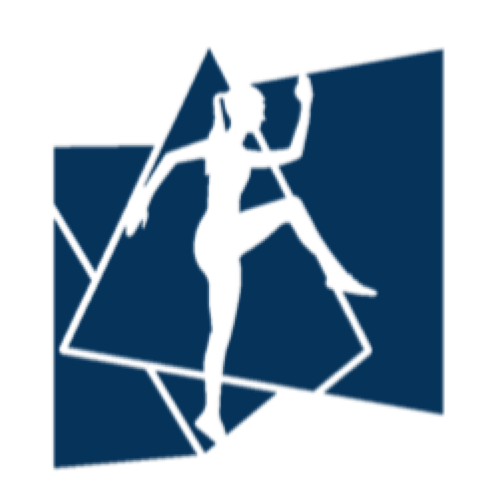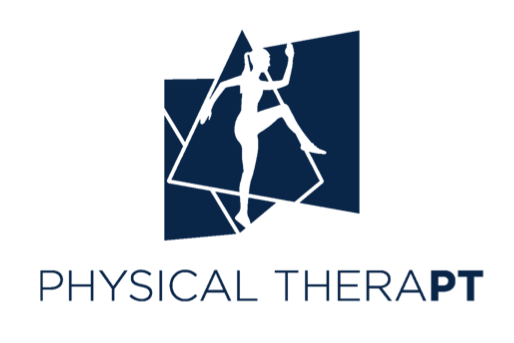To wrap up our section on lumbo-pelvic pain, I had a chance to chat with Kathleen about how to manage this from the patient perspective. Kathleen is our unofficial in-house champion of new moms. Her passion for this population is obvious- read more on how she views rehabilitation and fitness as crucial to pre-natal and postpartum health.
SV: For the past month, we’ve been sharing the latest research on lumbo-pelvic pain during pregnancy. As a recap, what are your top three take aways for mom-to-be who's been experiencing back pain?
KM: Sure thing! First, and maybe the most important take away, low back in pregnancy shouldn't be considered just part of the process, something you have to endure. There's no need to be in pain unnecessarily! Next, we have to think outside the box to find an exercise activity that feels right for you during these weird times - whether it’s strength, pre-natal yoga, pilates, or aquatic. Many yoga and pilates studios are offering virtual classes during the shelter-in-place orders. Last, don’t be afraid to speak to your doctor. Advocate for the support you need to help make your pregnancy as comfortable as you can be. Working with a skilled clinician, like a PT or ATC, to address your specific needs can not only reduce pain but also keep you and your baby healthy throughout the pregnancy.
SV: How does this differ from the type of back pain someone who's not pregnant might experience?
KM: Back pain in pregnancy stems not only from the obvious changes that are occurring in the woman's body from the growing baby, but is also impacted by the hormonal changes that create ligamentous laxity in preparation for childbirth. The pain itself can evolve throughout the pregnancy, shifting in location, intensity and ancillary symptoms. Additionally, lumbo-pelvic pain can coincide with altered balance as the center of mass moves with the growing belly.
SV: According to some, back pain is practically inevitable during pregnancy. What could someone trying to get pregnant do to proactively prepare physically?
KM: Any muscle weakness or joint instability coming into the pregnancy will increase the difficulty of dealing with the demands of pregnancy. Get started now! It’s smart to be proactive, working on strength and overall fitness to prepare for pregnancy!
SV: Pregnancy is NOT easy. Some moms may be feeling overwhelmed just thinking about adding exercise to their day, while others might be eager to feel better and get back to their routine. Can you talk through what a home program might look like?
KM: As we shared, the American College of Obstetricians and Gynecologists recommends 30 minutes of moderate intensity exercise most days of the week throughout pregnancy. This could be a 30 minute walk at a pace in which you can still talk, a 45 minute prenatal yoga or pilates class, or a 30 minute home routine that you could even split up into 15 minutes in the morning and 15 minutes in the evening. Exercises will vary between individuals, but all expecting mothers should include stability, core strength, and proper squat and hinge techniques in their programs. Upper body strength is a great bonus, too!
Postpartum it is important to give your body the time it needs to heal; it is recommended to rest 6 weeks before starting exercise post-childbirth. If feeling unsure where to start, meet with a professional who can guide you through a program to safely get you back to exercising.
SV: At Physical TheraPT, as many of our patients know, we love staying current on the latest innovations in exercise and rehab equipment. What’s your favorite product out there right now for pregnant patients?
KM: There’s been a lot of chatter about abdominal binding postpartum by a certain celebrity. Do your own research on what makes the most sense for your recovery; too much downward pressure following delivery isn’t always safe. Bao Bei Maternity offers physio-designed appropriate support garments for both during pregnancy and postpartum. Check them out at www.baobeimaternity.com or on instagram at @baobeimaternity
SV: Last question- what’s your go-to strategy for pain relief with this type of injury?
KM: Heat can be very helpful - whether a warm bath or a heating pad on the couch with your feet up, this is a great strategy for both pain relief and stress reduction.


